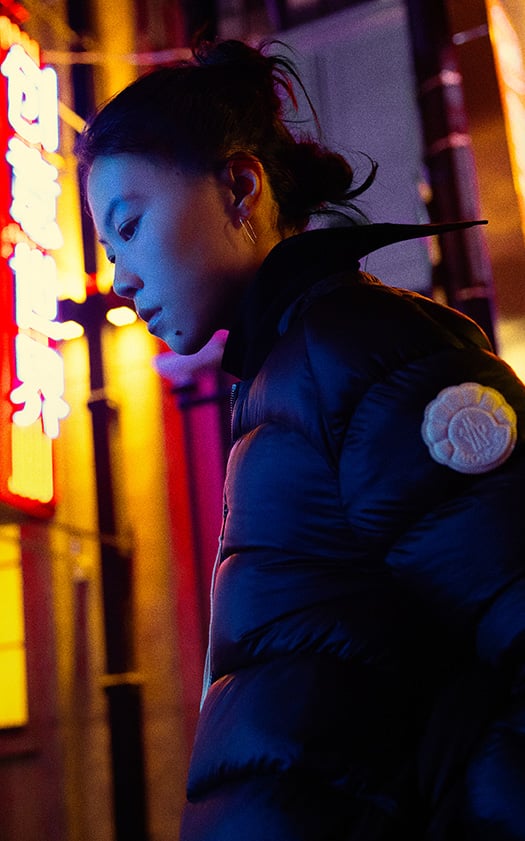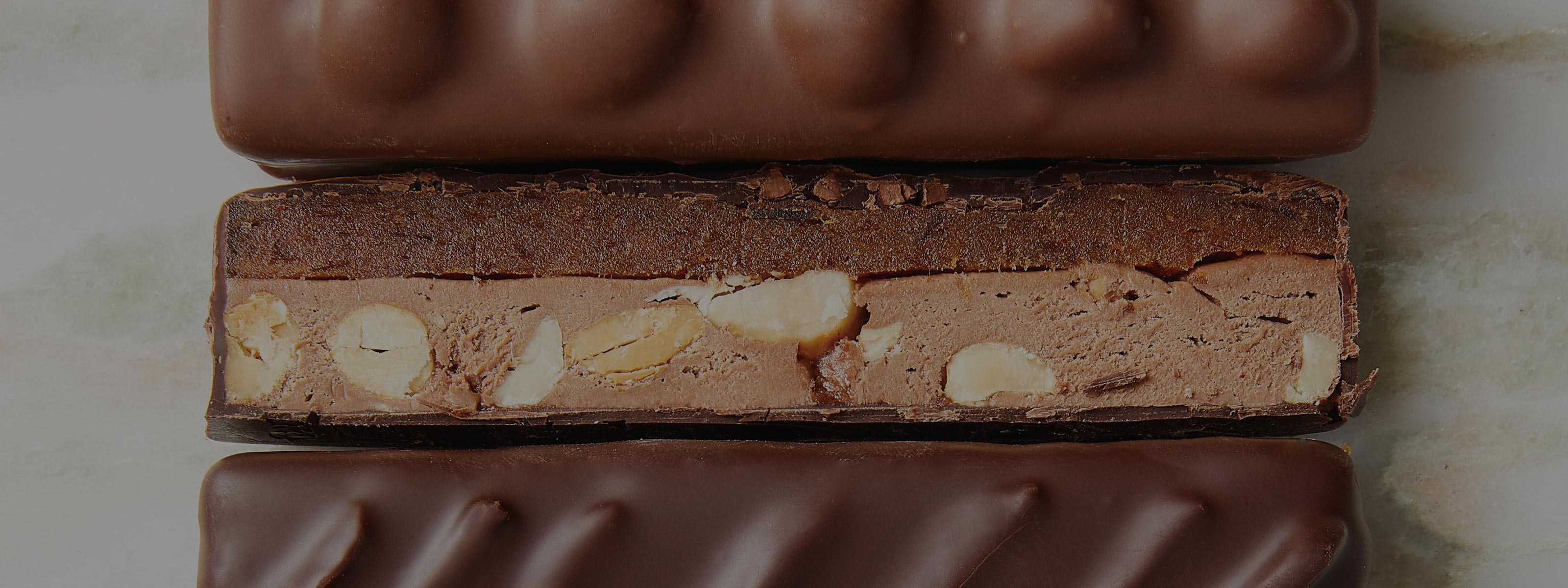
Moncler x Lulu Li Project
Form a queue for the grand reopening of The Georgian on Monday 4th November – Prebook Now
Form a queue for the grand reopening of The Georgian on Monday 4th November – Prebook Now

Back in 2012, Sharon Terenzi began working for an NYC Italian food importer. Its fine-chocolate selection piqued an interest that grew into an obsession; she began a blog called The Chocolate Journalist; and that “never-ending learning experience” continues for her to this day. Her personal favourite? “Seventy per cent dark. It reveals the natural flavours of fine cacao with just enough sugar to make the tasting pleasant but not overly sweet.” Here, she demystifies the biggest myths in chocolate.
The top three cocoa-producing countries are currently Ivory Coast, Ghana and Indonesia. The best climate for the cocoa tree to thrive is a tropical rainforest with plenty of rainfall, enough sunshine, above-average humidity and protective shade. This is why it grows 20 degrees north and south of the equator in Central and South America, West and Central Africa, and some countries in Asia and Oceania. The farmers grow the trees, collect the fruits, ferment and dry the beans, and ship them to manufacturers.
Bean-to-bar is the art of turning raw cacao into chocolate. Once at the factory, cocoa beans are roasted immediately – for flavour development and sanitisation. The husks of the beans are discarded, while the nibs are ground into a paste known as cocoa mass. Inside the mélangeur (which grinds) and the conching machine, the cocoa mass is refined to get rid of acidic flavours and achieve a smooth texture, while other ingredients are added. The chocolate is then tempered, moulded and wrapped, ready to be savoured.
The cocoa percentage refers to the amount of chocolate that comes from cocoa beans. These are made of the brown part, which contains the health benefits; and the white part, a natural healthy fat called cocoa butter. The ratio between these two in the cocoa bean is around 50/50. The remaining percentage of the chocolate is divided between the other ingredients. So a typical 70 per cent dark chocolate bar is 30 per cent sugar, 35 per cent cocoa butter and 35 per cent pure cocoa (nutrients, polyphenols).
Chocolate should only consist of a few ingredients: cocoa beans and sugar for dark chocolate; cocoa beans, milk and sugar for milk chocolate; and cocoa butter, sugar and milk for white chocolate. Vanilla is often added to mask bad flavours. Lecithin is another extra ingredient used by professionals as an emulsifier. The ingredients best avoided in your chocolate are high-fructose corn syrup, artificial colours and flavours, PGPR (polyglycerol polyricinoleate), vegetable oils and vanilla.
Price is a great indicator of the quality. Low-quality chocolate can be overpriced but high-quality chocolate can’t possibly come cheap. Fine chocolate is made with rare cacao, for which up to 50 times more than market price can be paid. The craftsmanship, small-scale production and ingredients are also reflected in the price. Beware of chocolate that claims to be ‘the finest on the market’ for the cost of a cup of coffee. Like grand-cru Champagne or small-batch cheese, fine chocolate will never come at a massively discounted price.
Contrary to popular belief, caffeine content in chocolate is so low that it doesn’t even activate neural mechanisms. That buzz you feel after eating dark chocolate is likely to be down to a stimulant called theobromine, a naturally occurring compound that finds its most popular source in cacao. As with tea, theobromine offers consistent energy without the spike and crash of coffee. The higher the cocoa percentage, the higher the concentration of theobromine, making it a great pick-me-up.
Chocolate is best stored in a cool, dry, dark corner of the home, out of direct sunlight and artificial lighting. A pantry or cupboard is ideal. This may come as a surprise, but the fridge is not recommended at all; chocolate can absorb odours from foods nearby, and the moisture in the fridge leads to sugar blooms. Even in sealed bags, chocolate is at risk of losing its original smell, texture and taste when kept in the fridge.
Chocolate is obviously not a cure for serious disease, but it does have natural benefits that can boost health. It’s a complete food that contains carbohydrates, proteins, fats and lots of minerals such as zinc, magnesium, iron, potassium and more. Thanks to the presence of theobromine, chocolate also delivers a consistent increase in energy, while other compounds found in chocolate, such as tryptophan and phenylethylamine, boost the production of serotonin and endorphins, producing feelings of happiness.
A quiet place, a focused mind and excellent chocolate are all you need for an unforgettable sensory experience. It begins with the eyes admiring the colour and shine of the chocolate; next, it’s the audible and satisfying snap of the bar; the scent in the nose is the prelude to the taste; and, finally, the taste itself. Taking notes during the tasting is also a great way to create an archive of all the chocolate tasted over time.
Chocolate is inherently gluten-free and nut-free. Unless allergenic ingredients are added for flavour and texture, chocolate creates no worries for most consumers. If you want to avoid dairy, note that some bars labelled as ‘intense’ or ‘extra dark’ might still contain milk or whey powder. And soy lecithin is a popular emulsifier, so soy-free chocolate might be harder to come across – but it’s not impossible to find. As always, the ingredients list remains the best thing to check to cast all doubts aside.

Craving more of the sweet stuff? The Chocolate Hall is home to an unrivalled selection of confectionery – plus, witness the spectacle of each in-house creation at The Chocolaterie.
Plan Your Visit